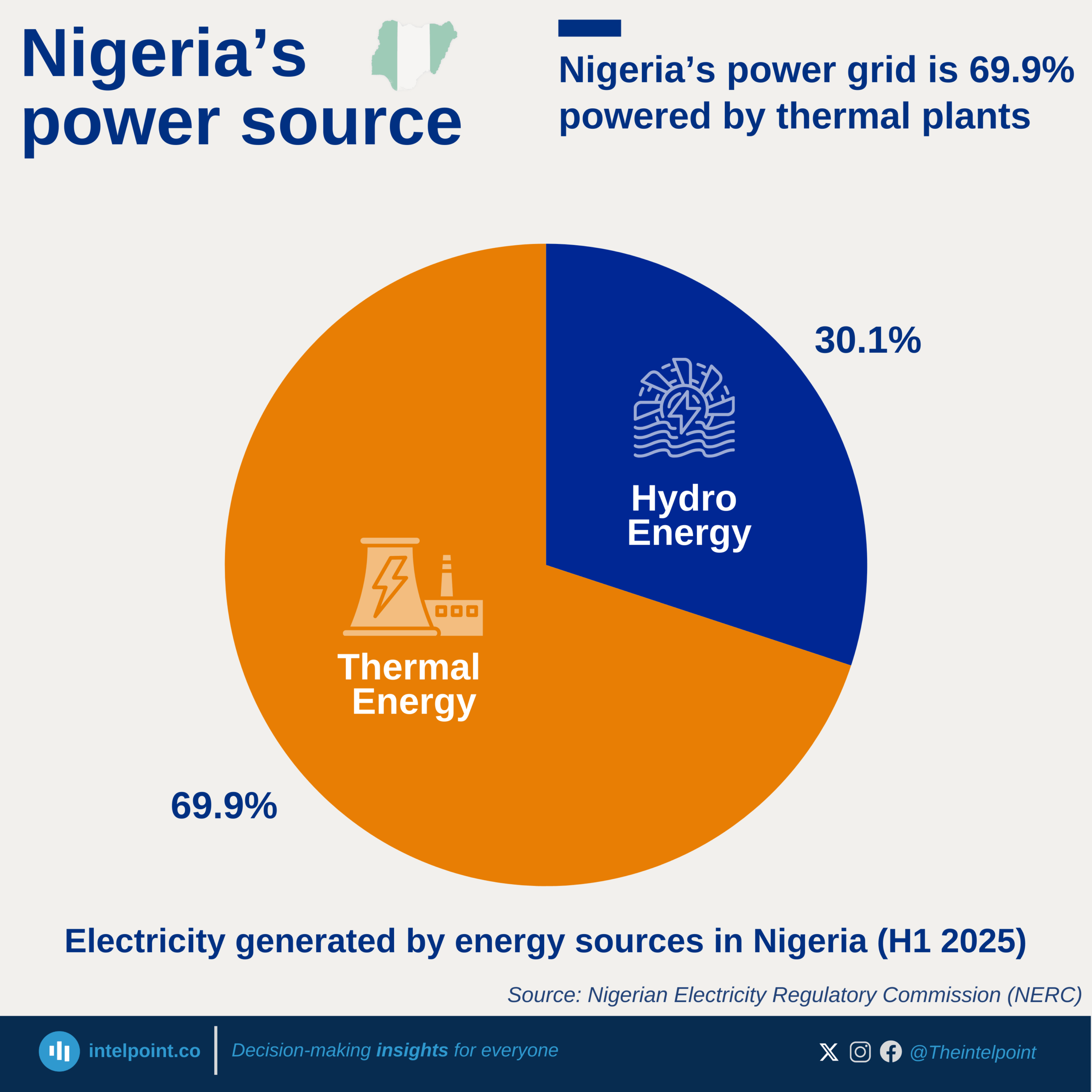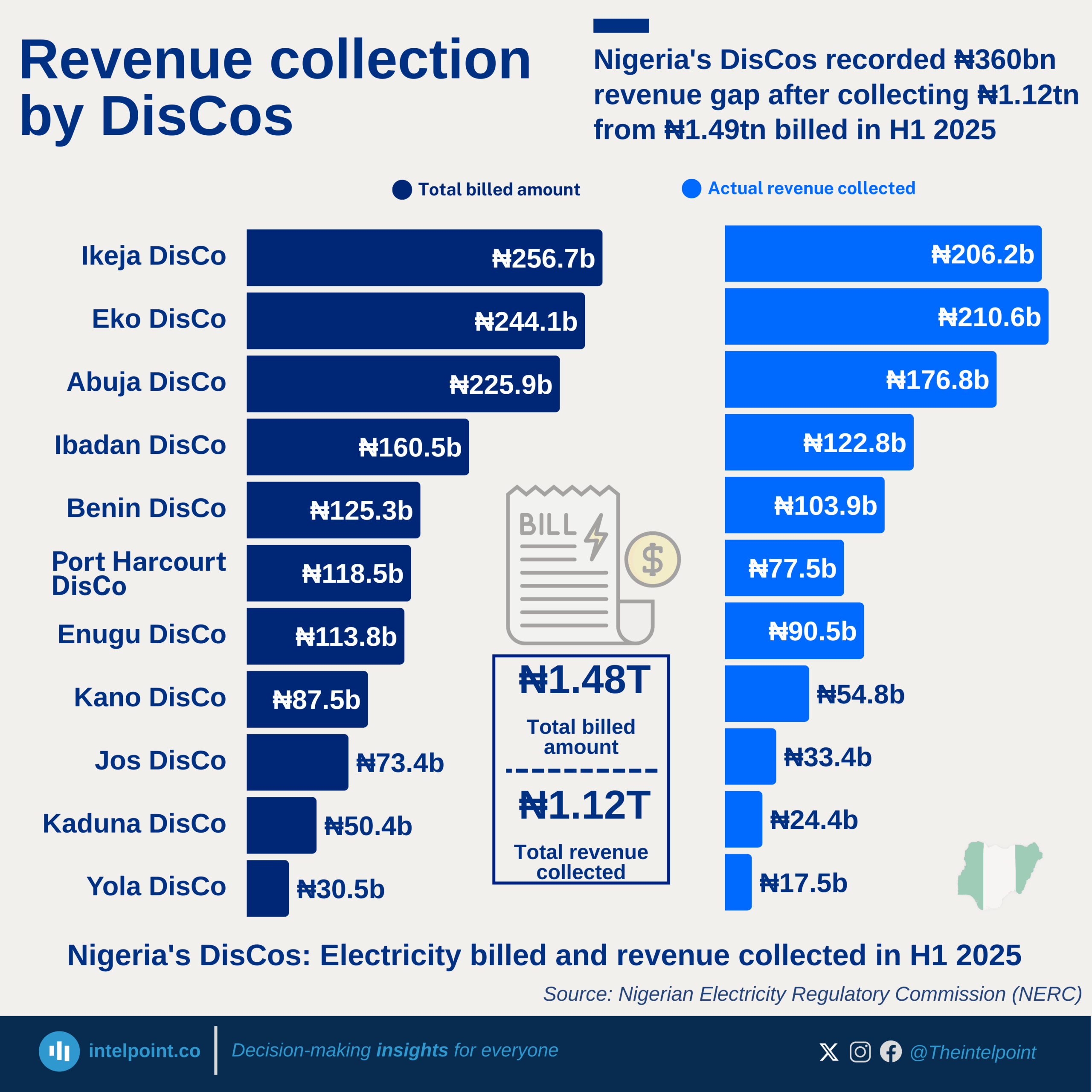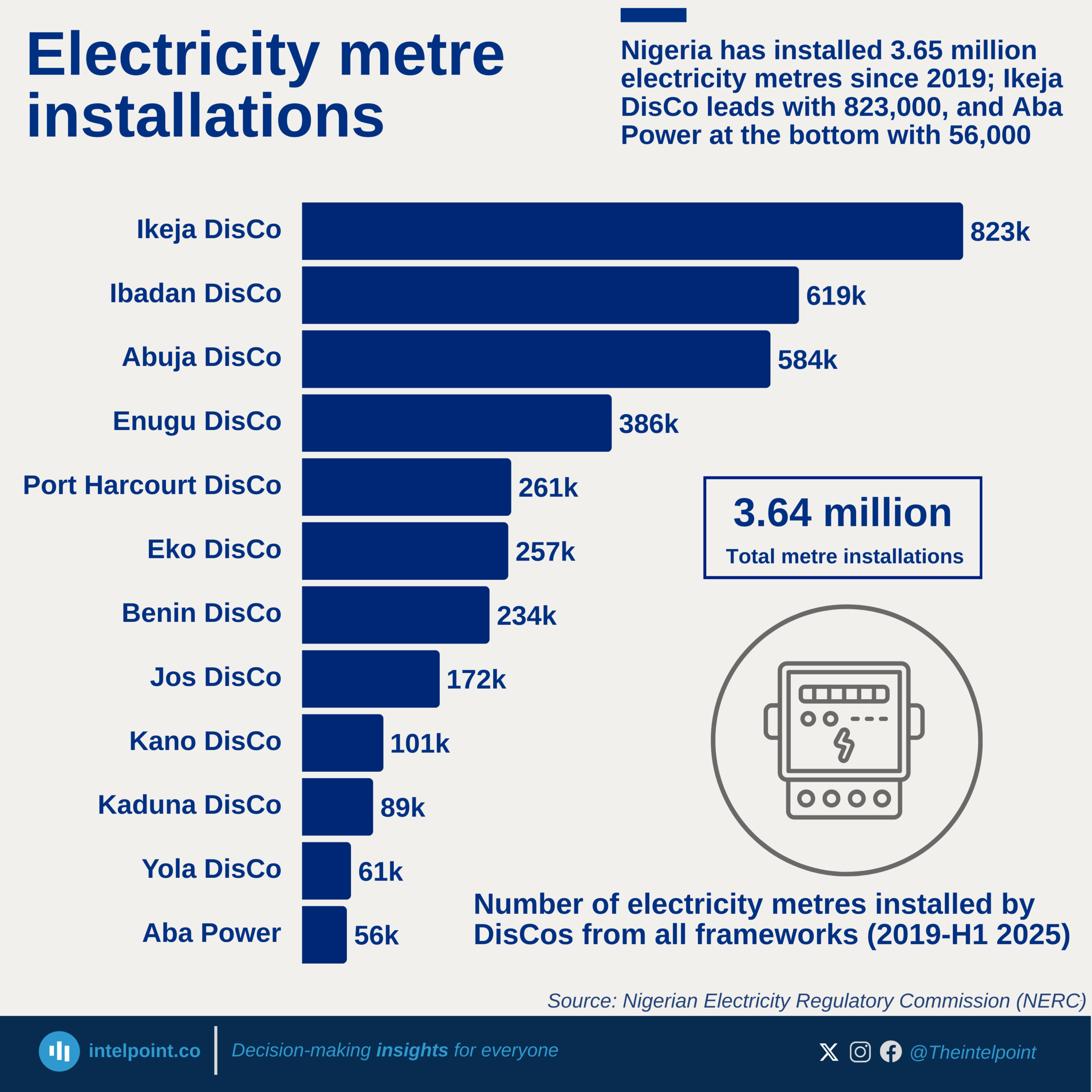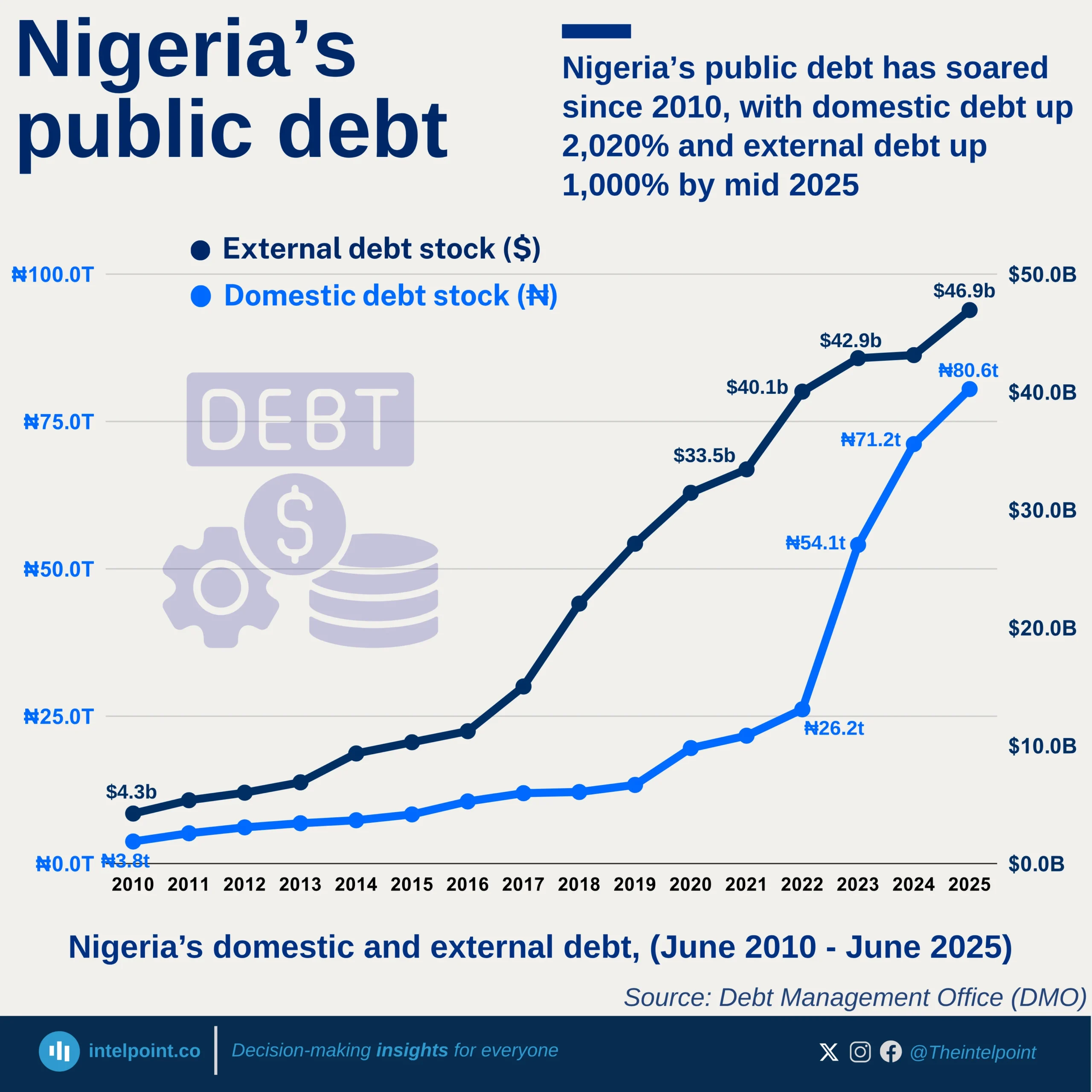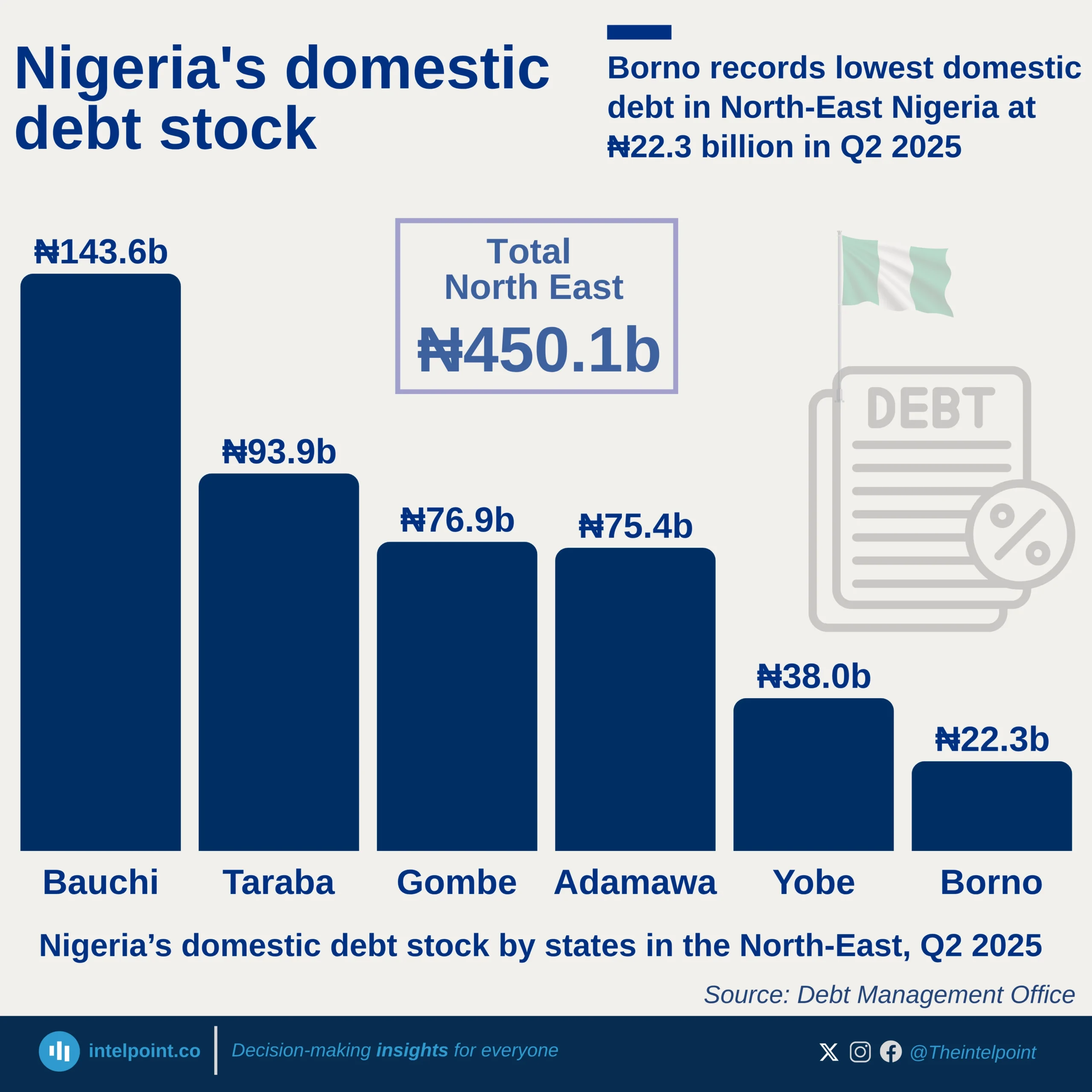Student loan applications in Nigeria have surpassed the one-million mark, revealing just how essential financial aid has become in pursuit of higher education. Among the two main categories, Upkeep and Institutional loans, the latter holds a narrow lead, suggesting that tuition costs remain a central concern for most applicants.
However, with over half a million students applying for Upkeep loans alone, it’s clear that the cost of living while schooling is nearly as burdensome as the fees themselves. From accommodation to feeding and transportation, many students face tough financial conditions that go beyond the classroom.
The slim difference between both loan types reflects a deeper truth: funding education today isn’t just about paying school fees; it’s also about staying afloat while getting the education.
